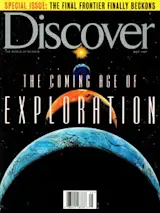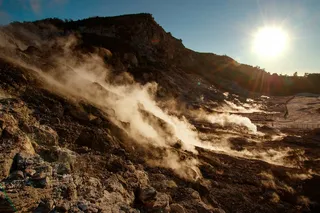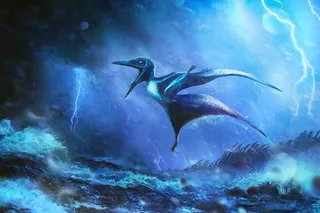When Imre Friedmann and his wife, Roseli Ocampo-Friedmann, settled down in Tallahassee following years of academic wandering, they fell into a comfortable evening routine. After he returned home from Florida State University and she from Florida A&M;, they kept track of world-shaking events by watching the cbs evening news, usually while eating dinner. This began in the fall of 1968. Day after day, year after year, they watched and they munched. One night in 1978, they heard anchorman Walter Cronkite talking about Mars--out of the blue, the possibility of life on Mars, in the form of algae, or bacteria, that could live inside rocks. Ah! Roseli gasped, her utensils losing their grip on some now- forgotten meal. He’s talking about us!
Two obscure microbiologists who had published a paper about bacteria living in the remotest reaches on Earth--Cronkite was indeed talking about them. The news item, it turned out, was ...














